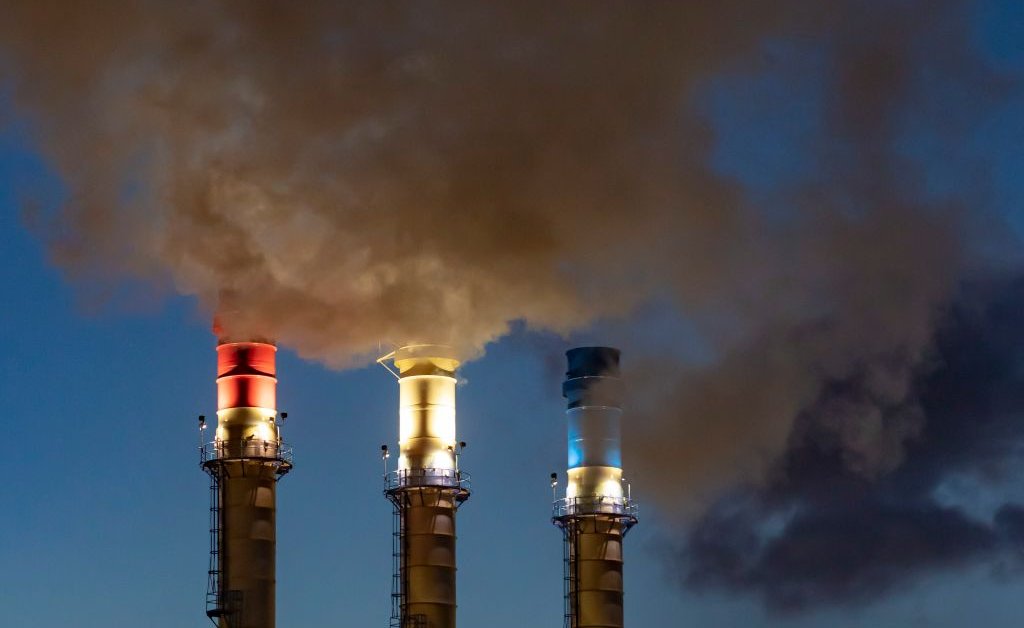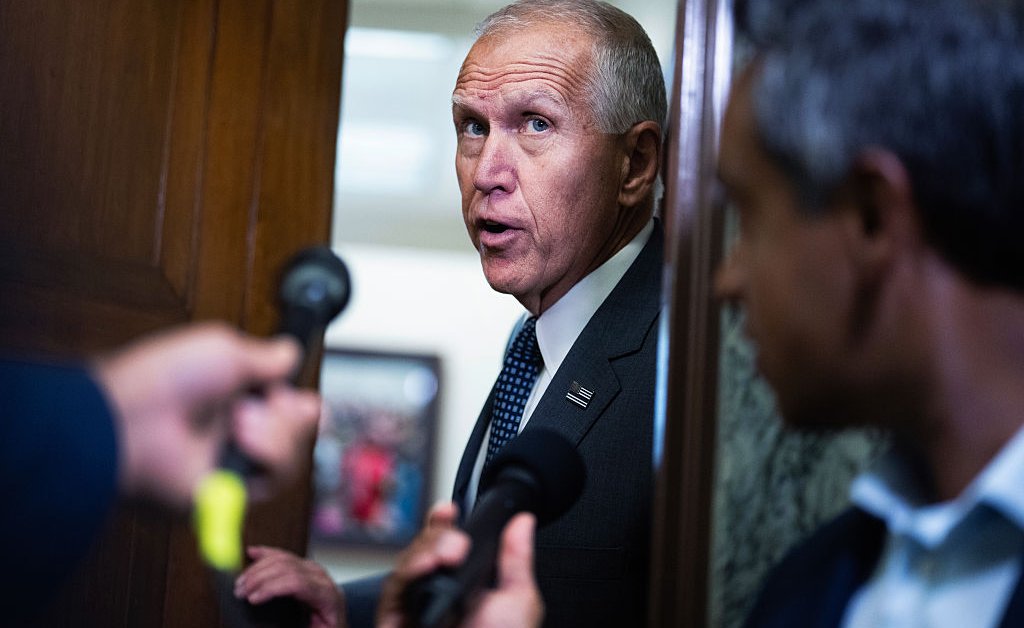It’s hard to think of a policy move that could more directly target the core of climate science than the Trump Administration’s decision to undo the Environmental Protection Agency’s (EPA) Endangerment Finding this week. The Endangerment Finding, reached by the EPA in 2009, outlines how greenhouse gas emissions threaten public health and welfare—thereby laying out the legal basis for the agency to regulate those pollutants.
As wonky as it may be, the finding is the linchpin of EPA climate regulation affecting everything from automobiles to power plants. Successfully undoing it would help the administration swiftly undo a whole slew of climate rules.
To underpin the decision undoing the endangerment finding, the Department of Energy released an accompanying report the same day launching a full frontal assault on the scientific consensus on climate change. To do so, it relied on the analysis of a handful of scientists widely known for views that question the proven role humans play causing climate change. Undoing the endangerment finding was a move so bold that in the first Trump term the administration had flirted with the idea before abandoning it as too extreme.
In the hours that followed the July 29 announcement, my inbox was filled with statements decrying it as “devastating” and “reckless”—and for understandable reasons.
But the precise effects of the attempted roll back are difficult to predict. For one, it isn’t immediately obvious that the rollback will survive the inevitable litigation that will challenge it—even with an increasingly conservative judiciary. The faulty scientific basis for the decision is one reason. Another is the legal precedent established in the 2007 Massachusetts vs. EPA decision that gave the EPA the authority to regulate greenhouse gases if they endanger public health. And, finally, Congress included language in the Inflation Reduction Act that clarified that greenhouse gas emissions count as pollutants. That language remains on the books even after President Trump’s One Big Beautiful Bill gutted the law.
In the years that it will take for that litigation to play out, companies will be left in a state of confusion. Will they ultimately have to comply with some version of existing regulations if courts don’t side with the Trump Administration? Will a future administration impose even more stringent regulations, thereby harming firms that decided to ditch their climate work? And will states try to make up for the loss with regulations of their own?
In the short term at least, large companies will tread carefully in response to the new uncertainty. In the longer term, we can expect a whole constellation of factors—from tighter regulation in foreign markets to technology developments—to provide an incentive for lower emissions technologies. At some point, perhaps, Congress might even craft legislation that gives more direct guidance on how the EPA should regulate greenhouse gases.
I don’t say any of this to diminish the decision’s weight. It is certainly significant that, as the costs of climate change become more evident, the U.S. federal government would offer such an egregious attack on climate science. Nonetheless, EPA regulations aren’t the primary driver pushing companies to decarbonize. And they aren’t the only determining factor shaping the trajectory of U.S. emissions as it was assumed 16 years ago when the endangerment finding was adopted. Large companies are subject to regulations globally. Moreover, technological advances mean that energy systems are, in general, getting cleaner and greener because of economics. Nixing the endangerment finding is a roadblock, but it’s not the end of the story.
To get this story in your inbox, subscribe to the TIME CO2 Leadership Report newsletter here.








